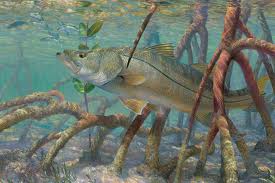Before I had heard much about the drought in California, I started reading a book on glaciers. I didn’t know very much about glaciers or what they might have to do with a drought in California. Christopher White wrote a book about his trips to Glacier National Park in Montana and his conversations with people at the U.S. Geological Survey there. It’s called The Melting World: A Journey Across America’s Vanishing Glaciers. What I learned was disturbing and kind of depressing.
The snowpack on glaciers in mountains around the world supply a lot of the world’s fresh water. (According to Live Science, 30% of California’s water is supplied by the snowpack in the Sierra Nevada.) And glaciers are receding. The Sierra Nevada snowpack is the lowest in recorded history. Glacier National Park is on pace to have no glaciers anymore within decades. The lack of water for all the places that rely on snowpack are not the only concerns when studying glaciers and their recession. There are a wide variety of species that rely on glaciers and the tree line on mountains. The tree line is continuously moving up the mountain. The species that live on the coldest top of the mountain are getting crowded out. Glaciers recede and any animals who rely on white as camouflage are losing their ability to hide from predators.
The USGS has some amazing photos that show the difference between the size of the glaciers early in the 20th century and today (such as the one above). They have some wonderful information on their website: Retreat of Glaciers. They also have a link to a better succinct explanation of everything than I could do: Crownscience.org. I found a YouTube video that shows photo evidence of glacier retreat as part of the Extreme Ice Project: Chasing Ice. Glaciers are amazing evidence of global warming. And the retreat of glaciers is a global phenomenon, so it is not a matter of weather (local) but rather climate (global). Glaciers are measurable and thus are a barometer for the effects of climate change.
This is another example of all the information being out there, but not enough people paying attention.



